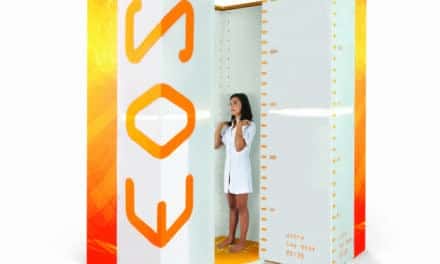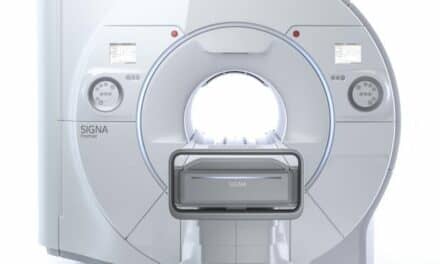The National Institute of Standards and Technology (NIST) has developed prototype calibration tools for ultralow-field (ULF) magnetic resonance imaging (MRI) systems. The experimental modality holds the promise of new advantages in diagnosing and monitoring of certain cancers and possibly other medical conditions.
NIST designed, constructed, and tested two prototype phantoms for the experimental system. According to the organization, they are the first standard calibration tools for ULF-MRI, offering a quantitative means to assess performance, validate the technique, and directly compare different experimental and clinical MRI scanners.
“Tissues that may look the same in clinical MRI can look very different in ULF-MRI, which provides new contrast mechanisms,” NIST physicist Michael Boss says. “Our hope is that we can move this technique along to attract more interest from [industry] vendors.”
The new ULF-MRI phantoms are short plastic cylinders, shaped like hockey pucks but a bit smaller, containing 6 or 10 plastic jars filled with various salt solutions that become magnetized in a magnetic field. Each phantom measures a different aspect of scanner performance, such as spatial resolution. NIST researchers tested the new phantoms on both a conventional MRI system at the University of Colorado Health Sciences Center, Denver, and an experimental ULF-MRI scanner at the University of California (UC) at Berkeley, where the technique was first demonstrated about a decade ago.
NIST’s phantoms for conventional MRI systems are currently being tested by hospitals and MRI manufacturers. Sigma-K Corp, Durham, NC, is developing methods for making copies for more widespread distribution under a NIST SBIR award. For more information, visit the NIST website.




